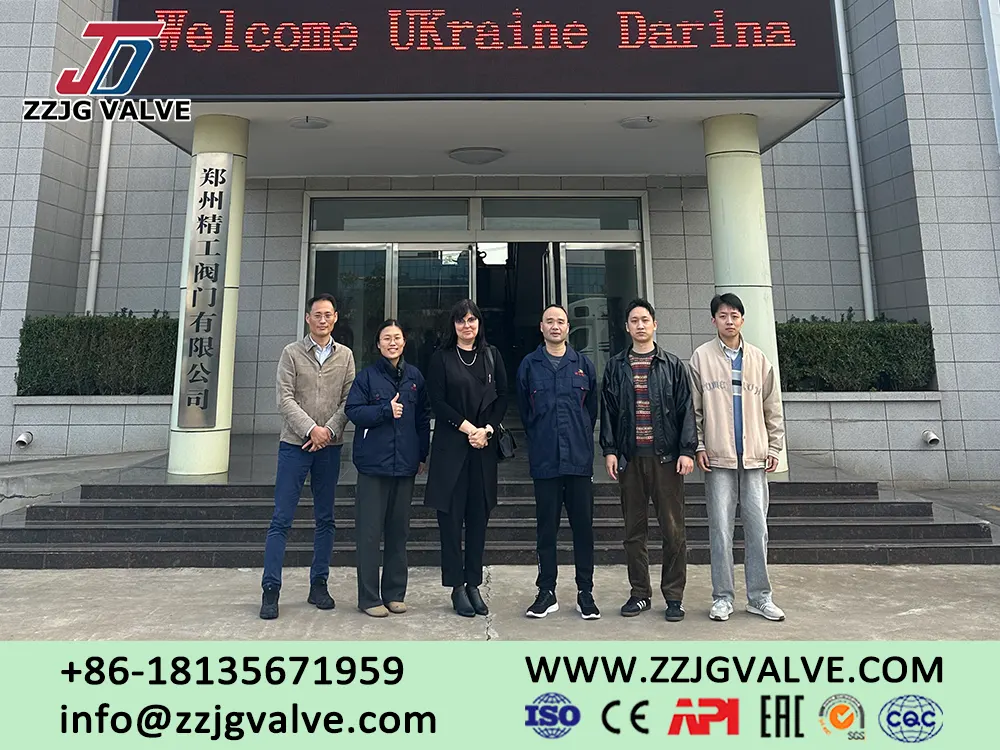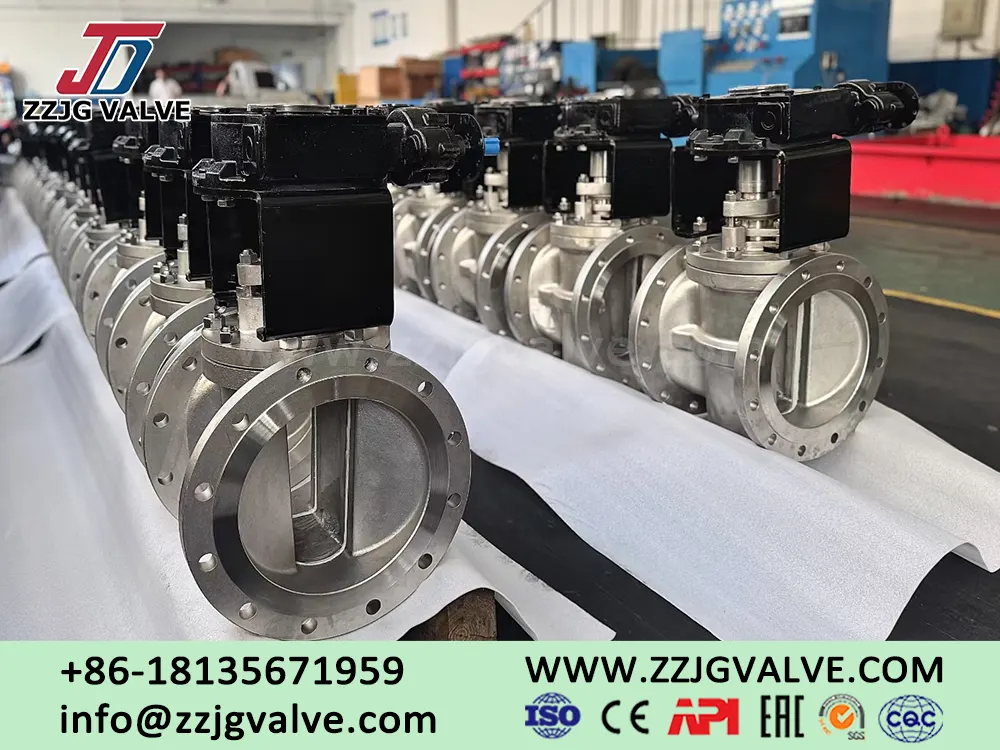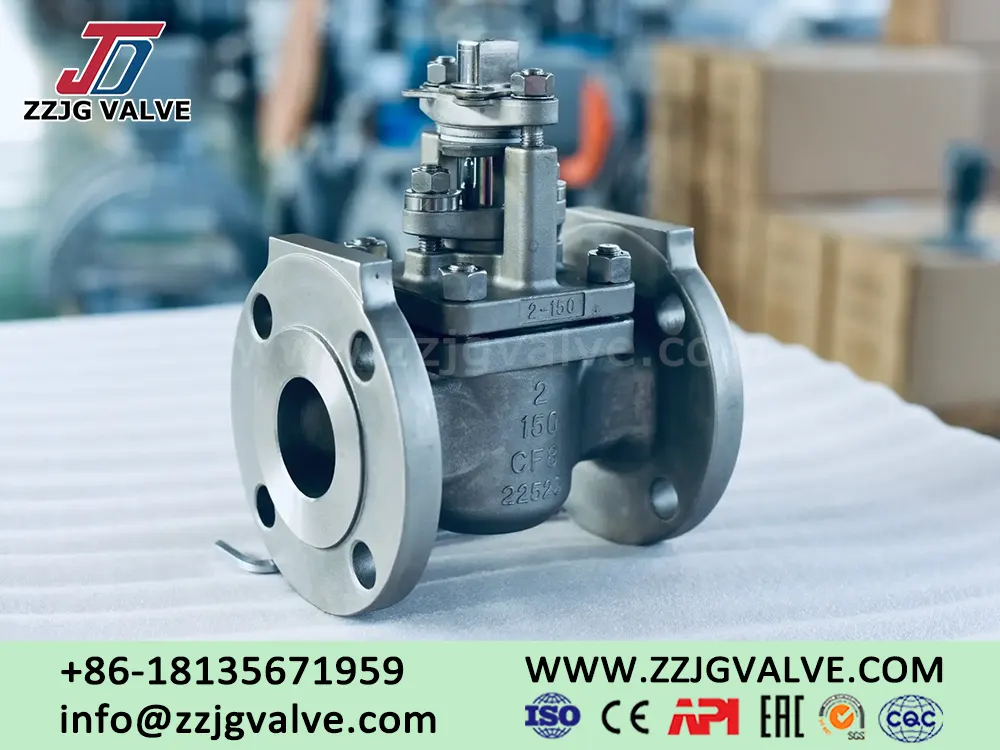Commonly Butterfly Valve Metals and Materials From ZZJG
This is ZZJG BUTTERFLY VALVE, we main produce butterfly valve, plug valve, blind valve and so on. About commonly butterfly valve metals and materials, as following:
Many different materials can be used in the design of butterfly valves. A typical butterfly valve will use several different materials within its structure to achieve the best combination of function and cost. The following is a brief overview of the most commonly used materials available for designing effective butterfly valves, highlighting their relative advantages and disadvantages.

Ⅰ Carbon steel
Carbon steel is an alloy of iron, with carbon as the main alloying element. Typically, no other alloying elements are added to control the material's properties. For the construction of поворотные затворы, sand casting is most often used to form the valve body and disc from carbon steel.
Carbon steel comes in several different grades. The most common grades used for valve bodies and discs are ASTM A216 WCB (Weldable Cast Grade B) and LCC (Low Carbon Content) cast steel. WCB materials are best suited for high-temperature applications, while LCC can be used at low-temperature (below zero) temperatures.
Main advantages of carbon steel:
Cost – Carbon steel is relatively inexpensive, and carbon steel valves offer a cost-effective solution.
Main disadvantages of carbon steel:
Poor corrosion resistance. This problem can be overcome through surface protection (e.g., painting).
Ⅱ Stainless Steel

Stainless steel is defined as an iron alloy with a minimum chromium content of 10.5%. Chromium's role is to form a self-healing layer of chromium oxide on the material's surface. When the surface cracks due to mechanical damage such as scratches, chromium reacts rapidly with oxygen in the air, preventing oxygen from reacting with iron to form iron oxide (rust). An increasing number of stainless steels are available, with the simplest iron-chromium-nickel grades most commonly referred to as "stainless steel."
Stainless steel can be further classified into ferritic, austenitic, martensitic, duplex, and precipitation-hardening grades. This classification is based on the microstructure formed in the material by altering the presence of alloying elements. For valve construction, the most commonly used grades are austenitic and duplex steels.
Ⅲ Austenitic Stainless Steel
In addition to chromium, austenitic stainless steel also contains elements such as nickel. Compared to ferritic stainless steel, this face-centered cubic structure gives the material higher toughness and ductility. Depending on the nickel content, a tough austenitic structure can be retained even at extremely low temperatures, making this material suitable for cryogenic applications. Adding molybdenum to the alloy can improve its resistance to pitting corrosion.
Ⅳ Duplex Stainless Steels
Duplex stainless steels contain a balanced structure of austenitic face-centered cubic and ferritic body-centered iron. This structure is developed through careful control of alloying elements and heat treatment of the alloy to obtain a structure composed of 50% austenite and 50% ferrite. The result is an alloy that combines high-strength ferrite with improved austenitic toughness. Super duplex stainless steel contains higher levels of chromium and molybdenum to enhance its resistance to pitting and crevice corrosion. It acts as a pivot point, dispersing and reducing excessive compression between the upper and lower ends of the gate and the valve seat, solving the problem of concentric gate and seat compression.
Ⅴ Nickel Alloys Nickel alloys
Nickel Alloys Nickel alloys are used in valve assemblies subjected to harsh conditions. These alloys are particularly useful in harsh corrosive environments, as these environments can destroy the protective oxide layer, thus corroding the stainless steel.
Ⅵ Hastelloy nickel-based alloys
Hastelloy nickel-based alloys are most commonly used in valve structures. Hastelloy alloys come in several different forms, each tailored by adding specific alloying elements in varying proportions to suit specific application conditions.
The main disadvantages of nickel alloys are their weight and cost. Nickel alloys have a high density, and their cost can be many times that of basic stainless steel.
Ⅶ Titanium Alloys
Titanium alloys combine high strength, light weight, and excellent corrosion resistance, boasting the highest strength-to-weight ratio of all metals. Similar to stainless steel, titanium alloys enhance their corrosion resistance by forming a protective oxide layer on their surface. They are particularly resistant to seawater corrosion, especially in systems where hypochlorites are present to prevent biofouling.
The main disadvantage of titanium alloys is their cost, approximately ten times that of basic stainless steel or nickel-aluminum bronze. The material is also difficult to process due to its high reactivity. Special casting techniques are required to prevent reaction with oxygen during melting and pouring.
Ⅷ Nickel Aluminium Bronze

Nickel-aluminium bronze is a copper-based alloy containing approximately 10% alumi and 5% iron. Nickel-aluminum bronze alloys exhibit excellent corrosion resistance, particularly in seawater environments. They also strongly resist biofilm formation, which can exacerbate corrosion problems in stainless steel.
One drawback of this material is its greater anodicity than most materials; therefore, if a nickel-aluminum bronze valve is connected to a stainless steel pipe, the valve may corrode very rapidly in seawater.
The above shows many different materials available for valve construction. The final selection depends on several factors, including service conditions, cost, and the required expected lifespan. The construction material of the pipeline also significantly influences the selection, in which case galvanic corrosion must also be considered.
ZZJG Valve provides the above information on commonly butterfly valve metals and materials. If you want to know more about butterfly valve metals and materials, please contact us via WhatsApp or email.
Далее: Ukrainian customer visited ZZJG for inspection











